In my previous article, I discussed the importance of having your stakeholder buy-in negotiated before you start your training. With this now out of the way the last two things to consider before getting into your intense 12 week block of training are as follows:
1) Proper Bike Fit
You’re going to be spending a lot of time on your bike once you embark on your 12 weeks of training. To reduce the chance of injury and to ensure that you are as comfortable on the bike as possible it’s important to get your bike fit sorted before you commence your training block. Now, bike fitting is a bit of a black art. Everyone has their own opinion of how to set you up on a bike including myself. If you go to ten different bike fitter there is a good chance that you’ll get ten different bike fits. So here are my three personal guidelines based on my experience:
Firstly, if you were to give me the best tools in the world to paint a car it won’t automatically make me the best car painter in the world. So, just because a bike fitting service may have the best equipment it doesn’t automatically mean that they will do the best bike fits. Bike fitting tools are only as good as the person using it. So, look for people that have put the time into practicing that art of bike fitting and that promote their experience rather than the tools they use.
Secondly, and I’ll call this one human tolerance. While there is an optimal bike fitting position it’s not down to plus or minus half of a millimetre. The human body does adapt to a bike position as long as it is within human tolerances. I have personally changed the bike position of the people by more than a few millimetres and then measured their power two weeks later only to see no change. So thinking that a two millimetre tweak in your bike position will give you a huge amount of additional power is just not based on reality.
Finally, you only have to look at the stage of a Tour de France to see a diverse range of bike positions. Everyone is different so the person positioning you needs to take this into account. Any bike position service that tries to “fit” you into systematised optimal position designed for a “fit twenty one year old racing cyclist with good flexibility” believing that it will give you more power will be successful if you are indeed a “fit twenty one year old racing cyclist with good flexibility”. If you aren’t then they won’t be successful. Again, this comes down to the experience of the person doing bike fitting.
So where do you get fitted?
Many bike shops offer a bike fitting service and most of them offer this service free when you buy a new bike. Many of these bike shops do a good job of setting you up on a bike. There are also professional specialist bike fitting services dotted around the country. These businesses generally do a better job because they are doing more bike fits and so have more experience practicing the art of fitting people to bikes. When you use these services I usually ask for a guarantee. If I don’t think that I’m comfortable after the fit then I’ll ask them to correct it or ask for my money back. The most important objective of a bike fit is to make you as comfortable on the bike as possible. So this is the result you are looking for.
Once you get your bike fit sorted and you are happy with it then stick with it. Try not to continue to tweak it in an effort to try to make it better. You’ll want to have it sorted and locked in so that it doesn’t change during the 12 weeks of training. I’m a strong believer in the saying “if it’s not broken then don’t fix it“. Bike positioning is one of those things I don’t touch if the rider is comfortable on the bike and that there are no blindingly obvious issues with their setup. In many cases, they are going to get a far greater performance improvement from the training that I give them than from adjusting their seat up or down 2 millimetres.
The same goes for changing your bike during the 12 weeks. If you do then try to get the position transferred as accurately as possible to your new bike so that you keep it consistent. The last thing you want is to have someone talk you into a totally new bike position three weeks out from the event.
2) Sound mechanical bike
Yep, get your bike serviced and in tip top condition prior to the 12 weeks of training. You want to get stuck into your training rather than having to deal with interruptions from mechanical failures.
The main items to check are your chain and cassette are in good condition and that your tyres are relatively new. I prefer to train on robust tyres like the Continental Gatorskin tyre. They are very puncture resistant and this means that I hardly ever get a flat out training. In fact, they are so good that I can’t remember the last one I got. Click here for a great article here to read if you are interested in avoiding punchers. If you do get a major cut in your tyre then replace it. I usually have a few spares in the garage for this reason. Nothing worst than being out on the road and getting a puncture in the rain. Still, worst is having to wait around for your mates while they repair their punctures because they stupidly train on tyres that were intended for racing.

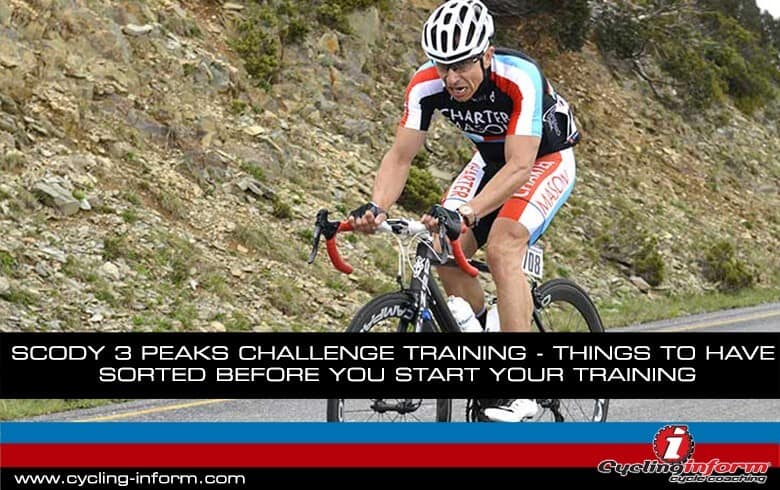
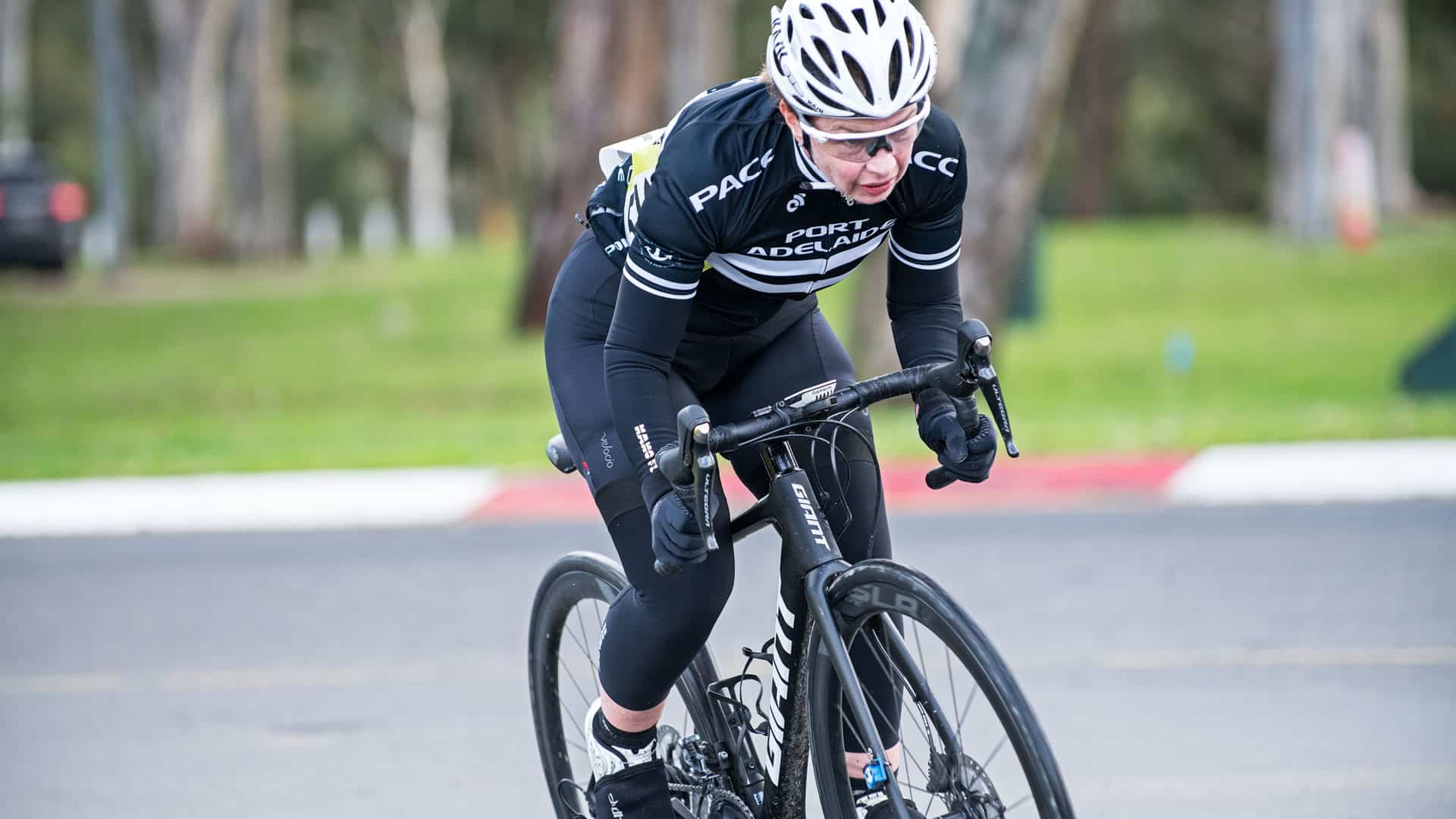
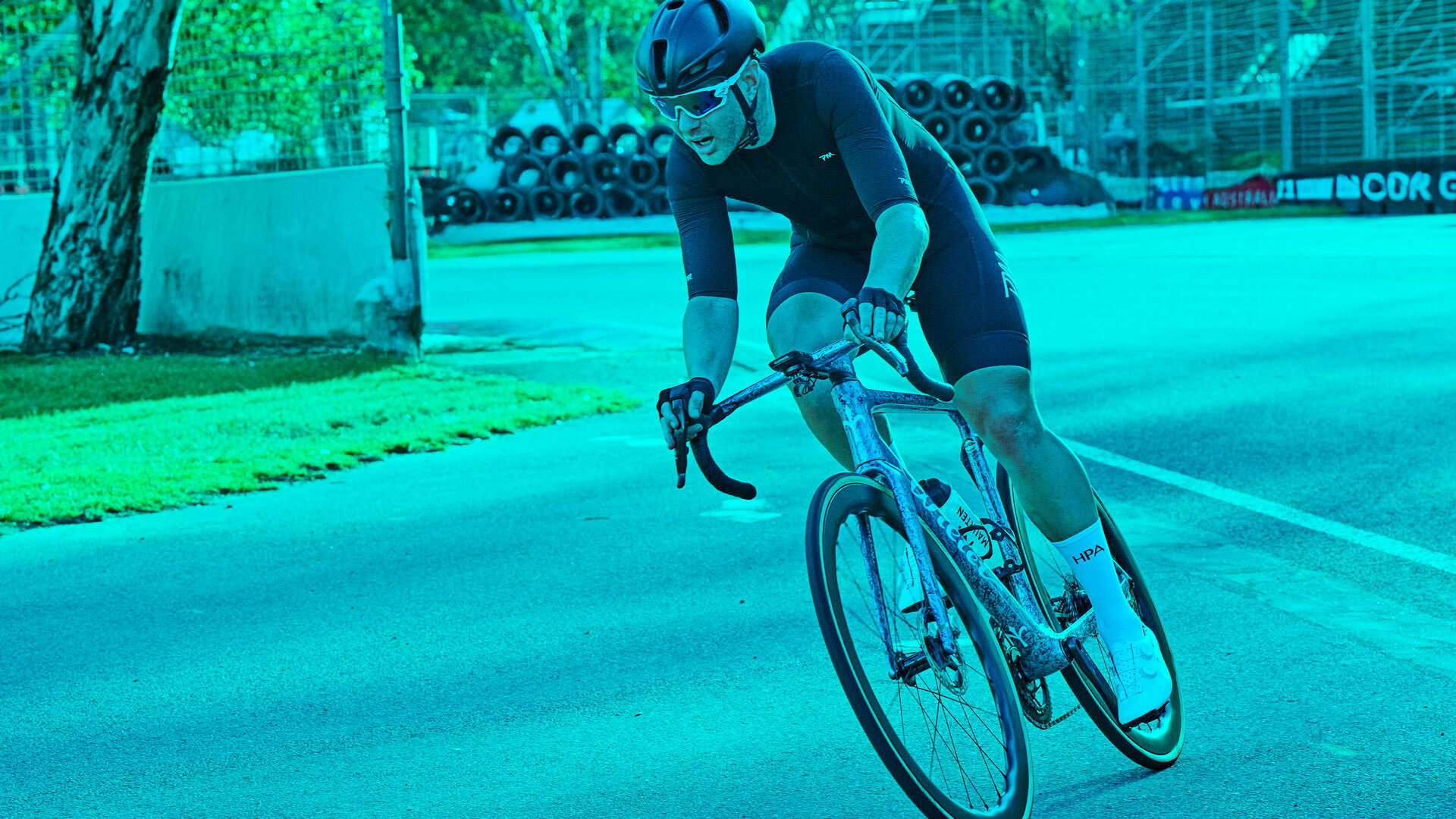
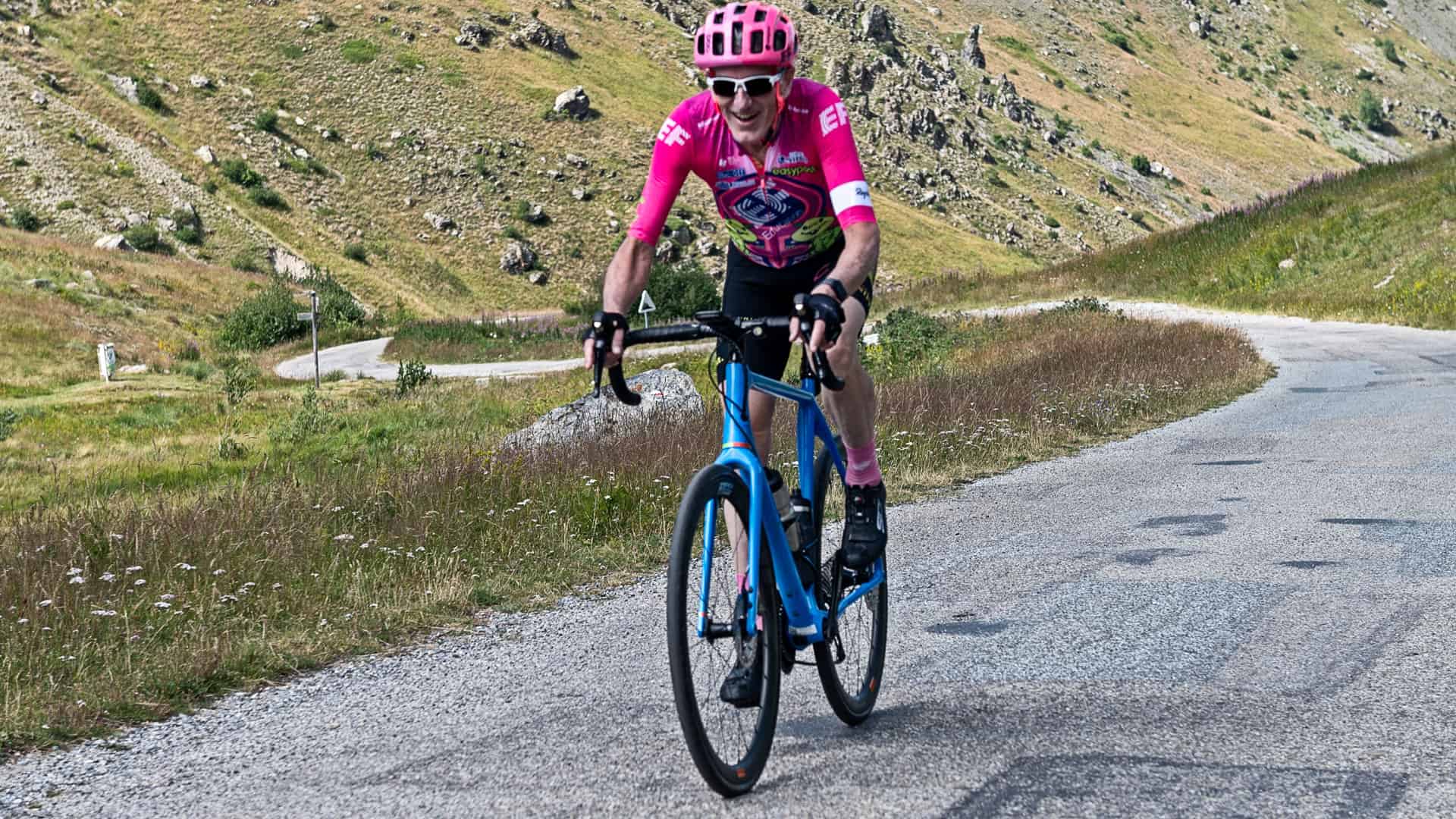
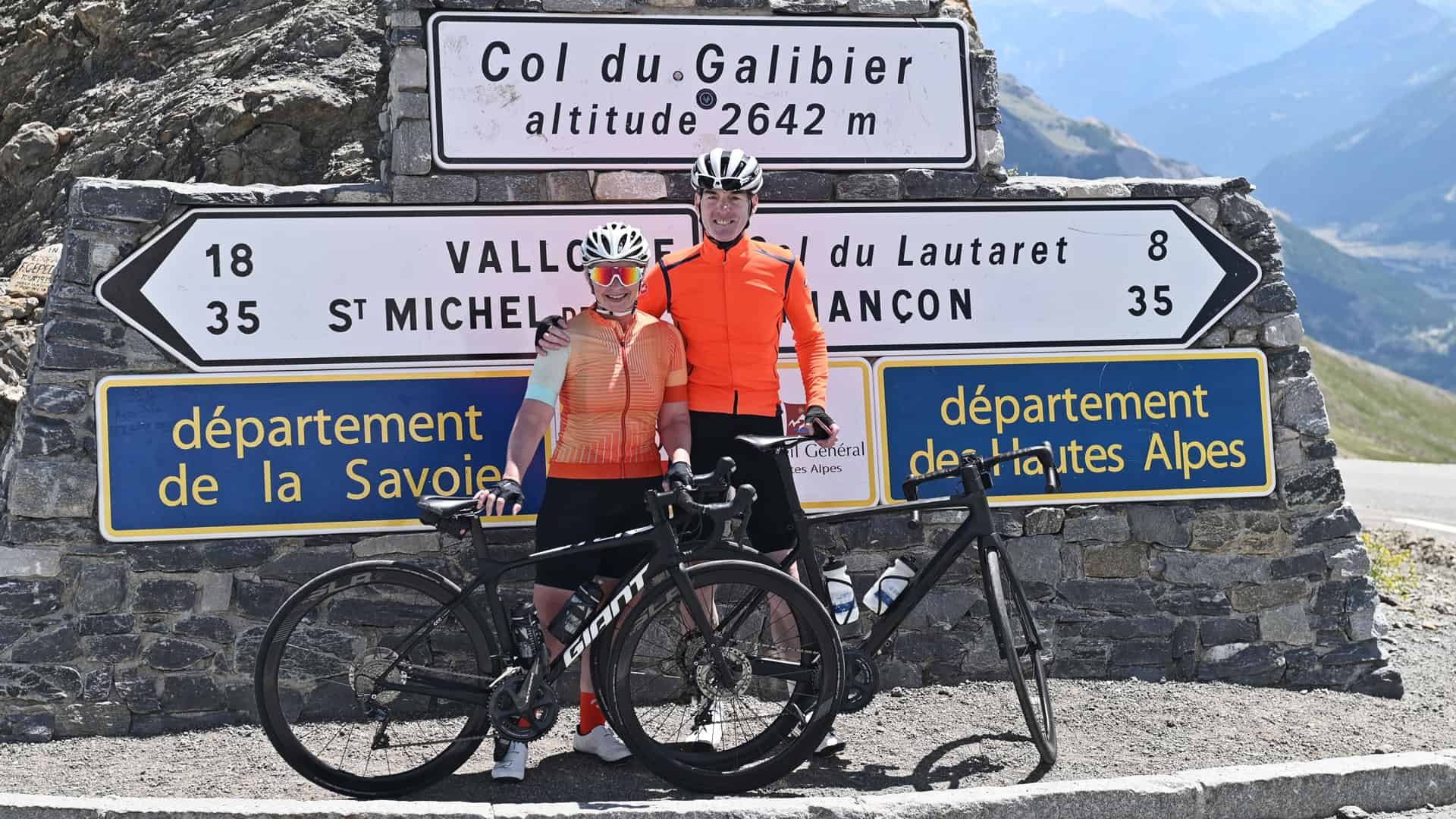
Leave A Comment